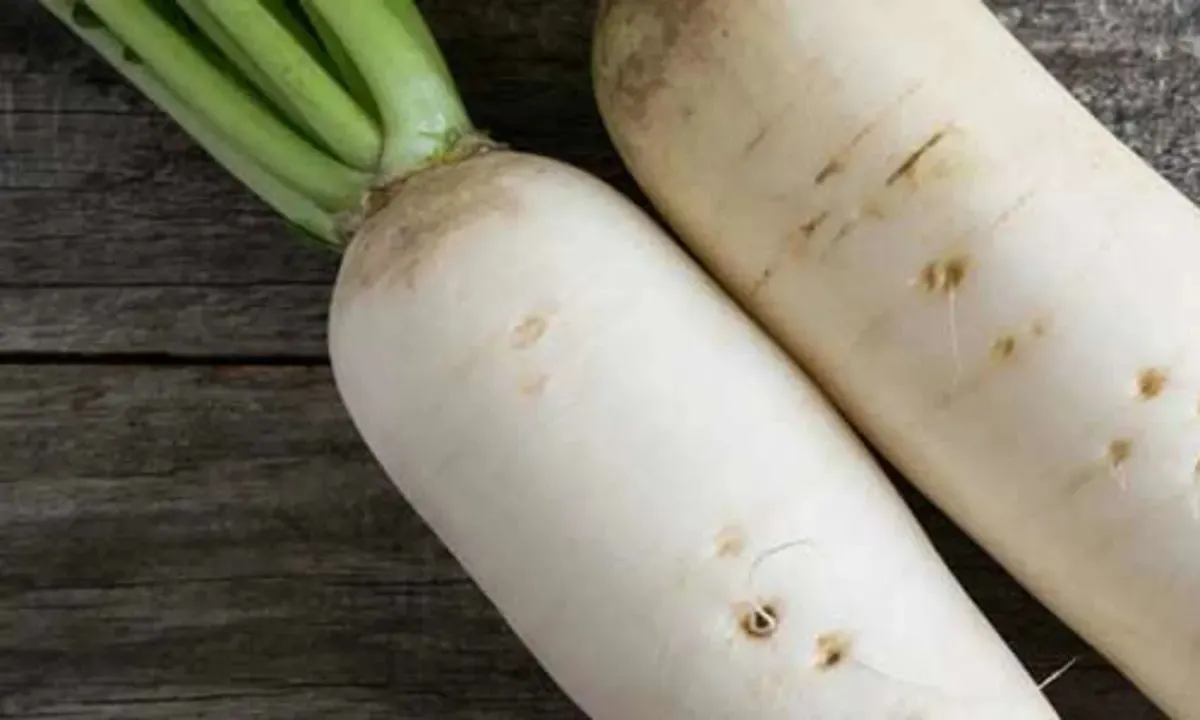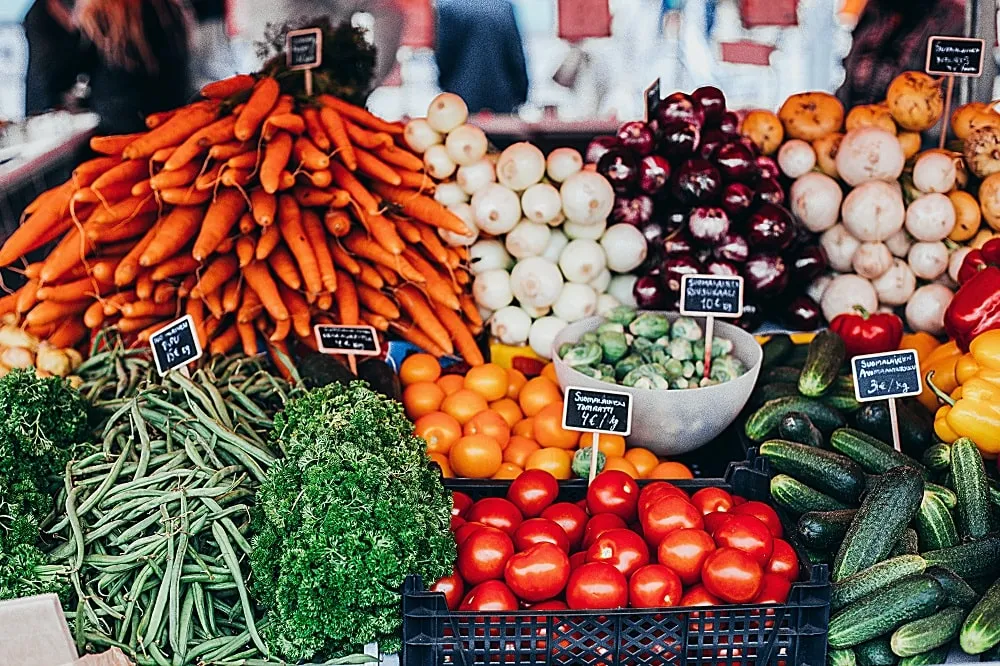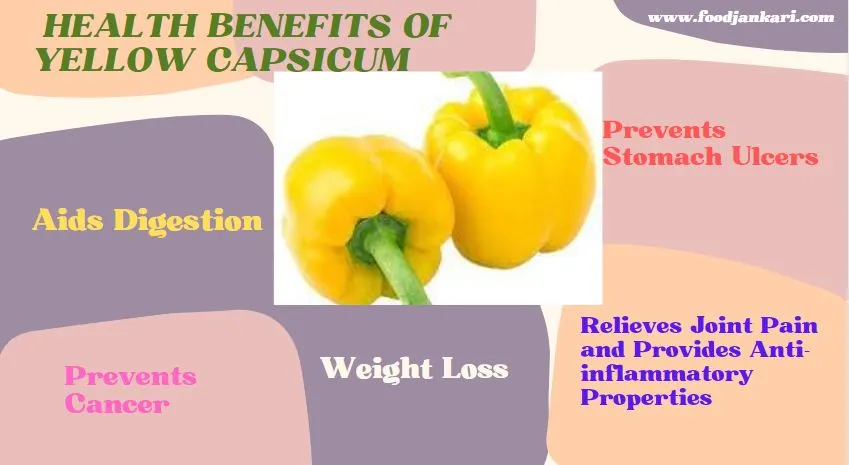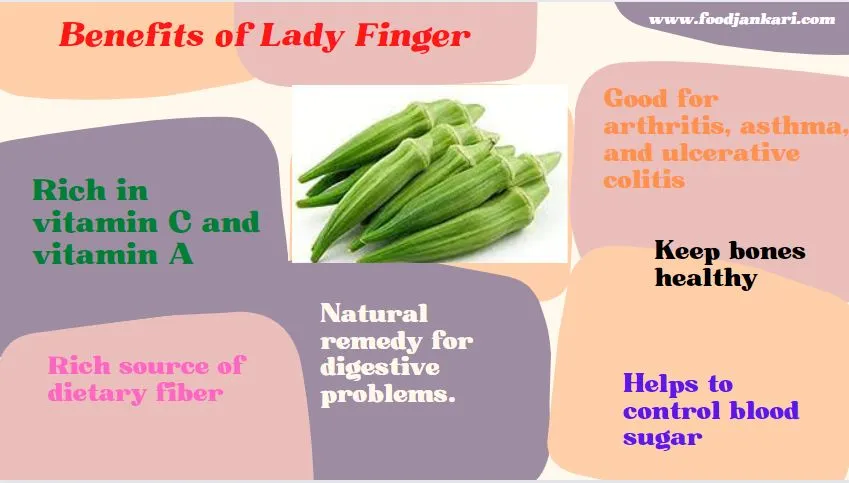Vegetable
Eating Radish At Night ?
-

 Fruits8 months ago
Fruits8 months agoMosambi (Sweet Lime)- Health Benefits, Nutritional Facts, Calories and Best time to drink Mosambi juice
-

 Fruits8 months ago
Fruits8 months ago17 Best Foods For Hair Growth And Hair Regrowth: What To Eat, Drink & Avoid
-
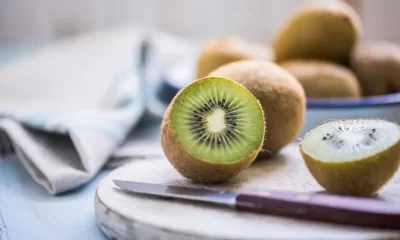
 Fruits8 months ago
Fruits8 months agoEating Kiwi At Night Is Good Or Bad?
-

 Fruits8 months ago
Fruits8 months agoIs Eating Grapes at Night Good or Bad? Know the Benefits, Drawback and Grape Snacks
-
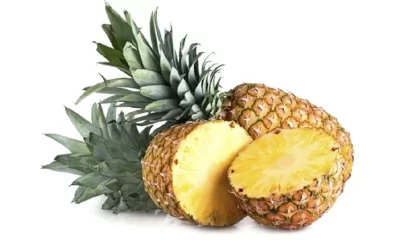
 Fruits8 months ago
Fruits8 months agoEating Pineapple at Night is Good or Bad? Know the Right Answer
-

 Health benefits of Juice8 months ago
Health benefits of Juice8 months agoCan We Eat Oranges During Periods?
-
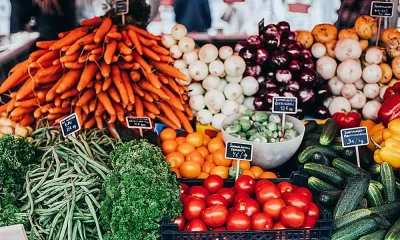
 Vegetable8 months ago
Vegetable8 months ago30 Vegetables That Can Be Eaten Raw
-

 Fruits8 months ago
Fruits8 months agoWhich Fruit Is Best For Skin Whitening

